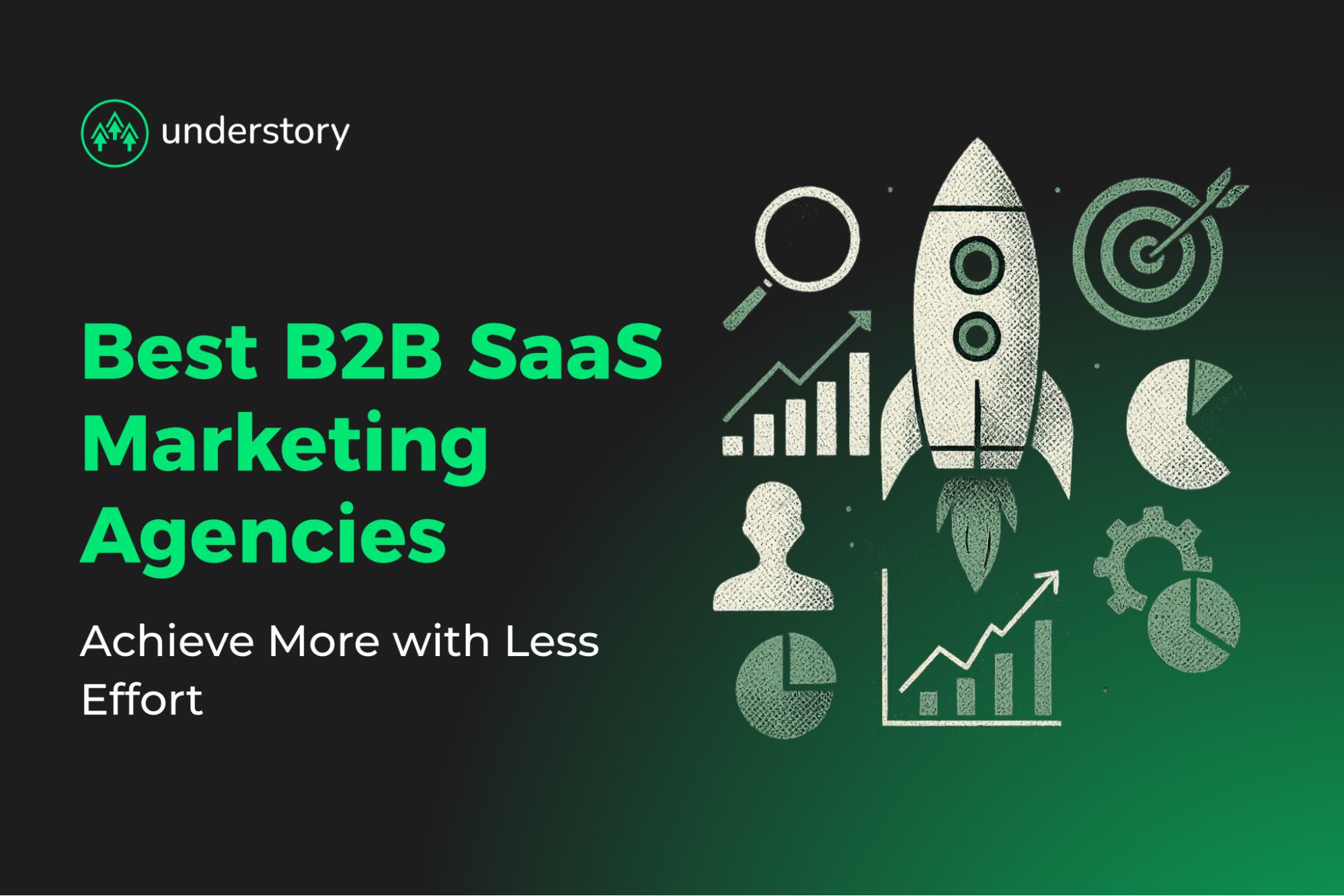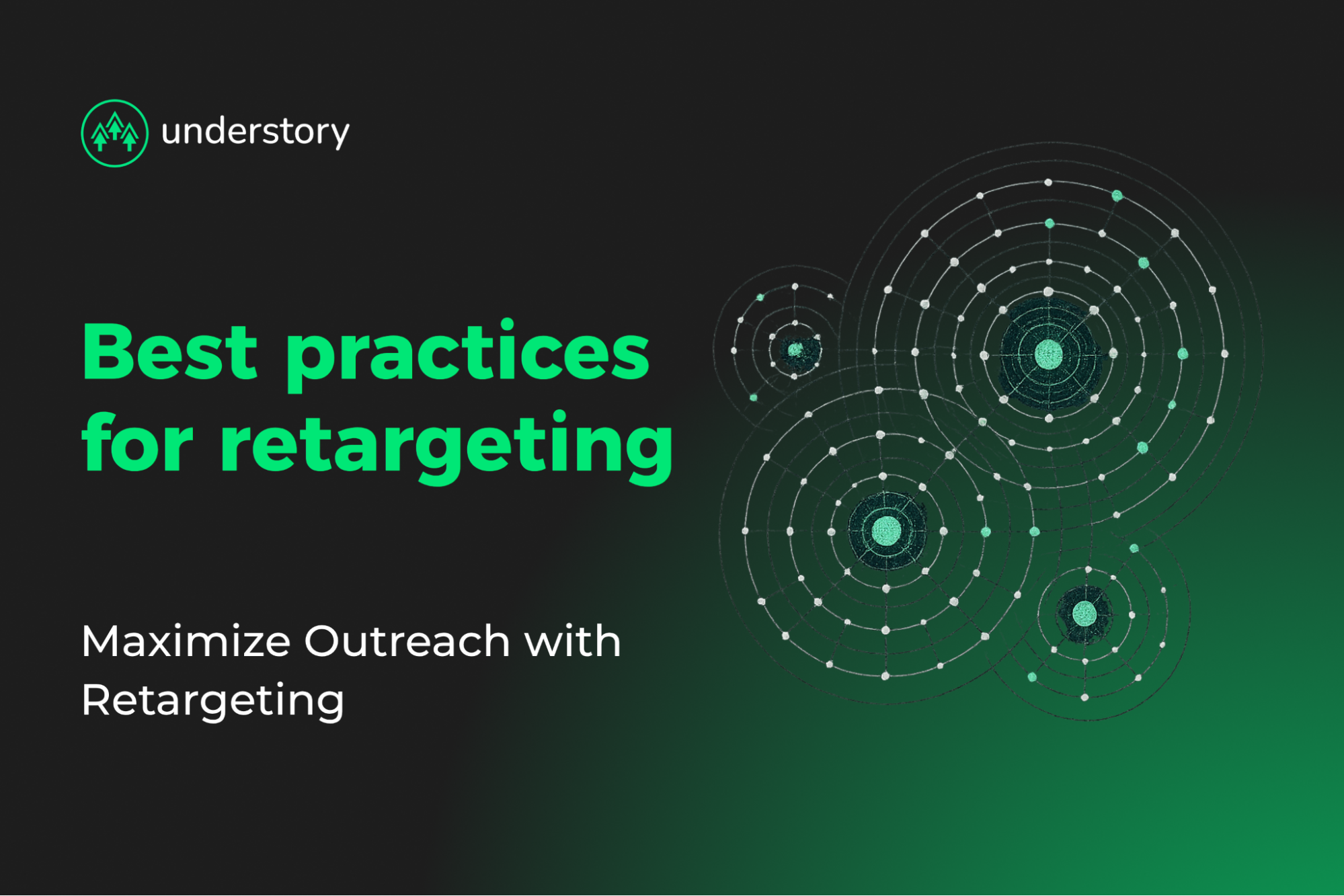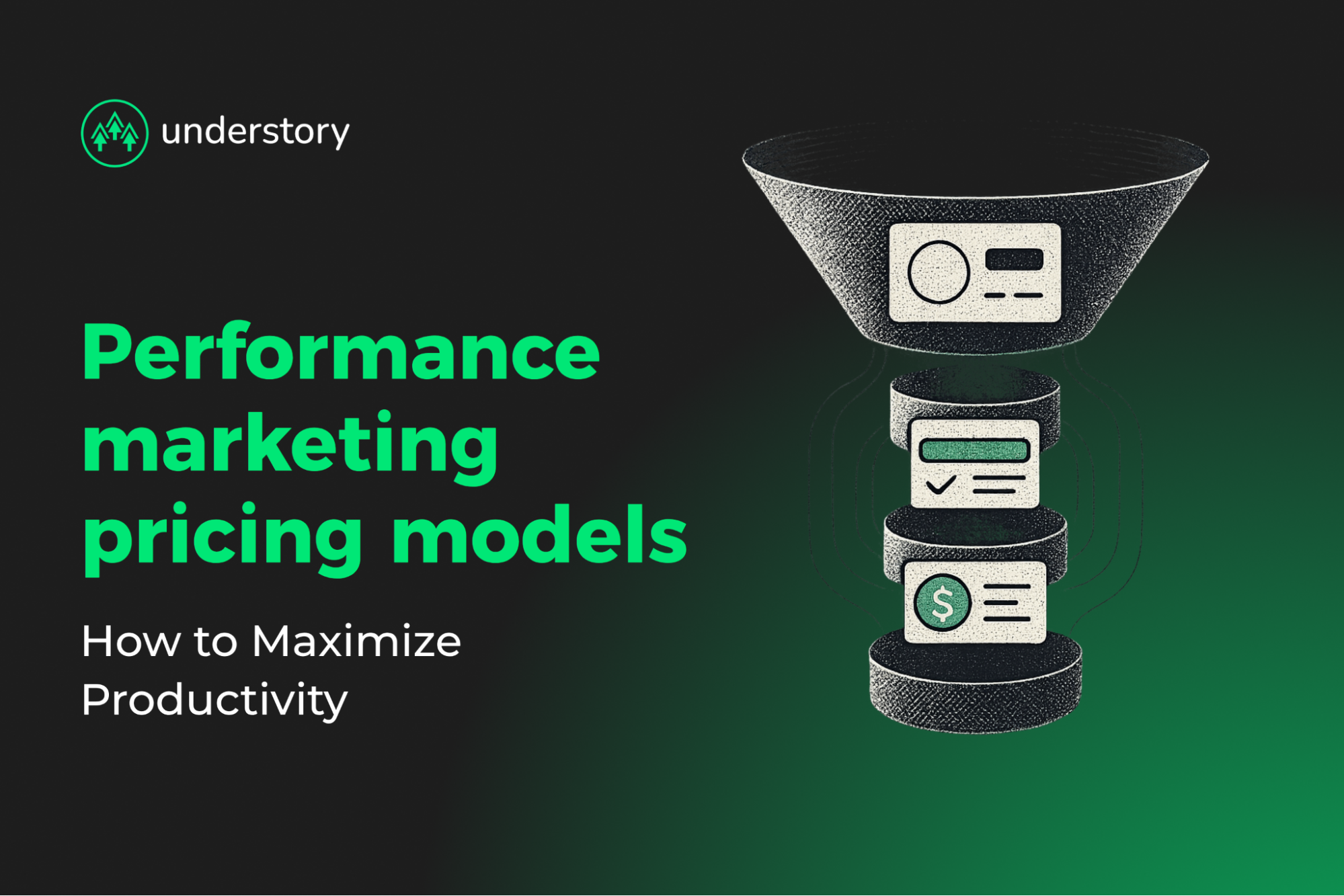

25 metrics to effectively measure marketing impact
Turn marketing metrics into measurable pipeline growth.
Without tracking clear and consistent metrics that connect marketing activities to revenue, teams risk making ineffective decisions based on intuition rather than data. Useful marketing metrics help identify which strategies scale and which drain budgets. This data points to where you can optimize campaigns, if you are allocating spending efficiently, and showcase strong ROI to stakeholders.
The challenge? Not all metrics are useful, and different teams want to see unique data relevant to their responsibilities. Not to mention, GA4, ad platforms, CRMs, and finance systems all report different numbers. Teams can easily get stuck in coordination debates instead of optimization.
The solution is consistent and unified measurement. This article breaks down 25 relevant metrics across five dimensions that show you if you are effectively using your team’s time and budget.
Awareness metrics
Brand visibility determines whether you'll hit pipeline targets. Awareness metrics measure your presence before anyone clicks, giving you early warning signals about volume challenges.
- Impressions measure how many times your ads or posts load across channels. Track this daily to catch anomalies. Watch for spikes with low click-through rates that signal bot traffic inflating spend without adding real prospects.
- Reach measures unique viewers seeing your content. Compare weekly with impressions to identify overexposure. Watch for ad frequency exceeding seven impressions per person when your reach stalls, indicating you're overexposing the same audience instead of expanding to new prospects.
- Share of Voice (SOV) measures your brand presence compared to competitors across paid and organic channels. Review SOV weekly to spot competitive shifts. Watch for declines that often signal rising acquisition costs and lost market position. The formula to calculate SOV is: (Your mentions ÷ Total mentions) × 100.
- Website sessions measure how attention converts into on-site traffic. Track daily and segment by first-time versus returning visitors. Watch bounce rates to ensure messaging aligns with landing-page experience, especially when launching new campaigns.
- Branded search volume reflects organic mindshare and awareness strength. Monitor this to see month-over-month growth trends. Watch for steady 5 to 10% increases that typically predict future sign-ups and qualified interest.
Anchor awareness goals to downstream results. For example, aim for a 15% quarterly increase in unique reach to support a 10% lift in MQLs, keeping top-of-funnel actions accountable to revenue.
Engagement metrics
Between first view and first form-fill lies engagement. These metrics signal deal velocity before opportunities reach your CRM.
- Click-through rate (CTR) measures whether your messaging persuades prospects to take action. Monitor daily by channel and campaign. Watch for rates below 0.1% on Google Display or below 2% on LinkedIn enterprise campaigns, which often point to ad fatigue, unclear offers, or poor audience fit. The formula to calculate CTR is: (Clicks ÷ Impressions) × 100.
- Time on page measures content resonance and reader engagement. Track by content type and monitor weekly trends. Watch for drops below expected reading time (five to six minutes for a 1,200-word article indicates full engagement) that may signal SERP mismatch or slow load speed. Use scroll or click events to filter out zero-second sessions.
- Scroll depth measures how far users travel down your content. Tag and monitor at 25%, 50%, 75%, and 100% thresholds weekly. Watch for fewer than 30% of readers crossing the 50% mark, which indicates weak narrative pull. Combine with Time on Page to separate engaged readers from scanners.
- Social engagement rate measures how your content drives interactions relative to your audience size. Monitor weekly by platform. Watch for rates below 1% on Twitter or below 3% on niche LinkedIn content, which signal weak hooks requiring bolder POVs or native video. The formula to calculate engagement rate is: (Total interactions ÷ Followers or Impressions) × 100.
- Bounce rate measures single-page sessions without interaction. Monitor weekly and segment by acquisition source to avoid misleading averages. Watch for context: long-read bounces may indicate successful content consumption, while pricing page bounces suggest offer misalignment.
Slice by persona/channel and pair each engagement KPI with its next-step metric, linking mid-funnel quality to revenue instead of vanity reporting.
Lead and pipeline metrics
Raised hands need efficient conversion to sales-ready outcomes. Lead and pipeline metrics expose how well interest translates to revenue opportunities.
- Marketing qualified leads (MQLs) measure prospects meeting pre-agreed scoring thresholds like title, company size, and engagement actions such as demo requests. Track weekly and review scoring criteria quarterly with sales. Watch for scoring changes made without sales buy-in that inflate numbers without adding pipeline value.
- Sales accepted leads (SALs) measure leads that sales agrees to work based on qualification criteria. Track the MQL to SAL conversion rate weekly to identify issues. Watch for rates dropping below your baseline, which spots either loose scoring or leads being neglected by sales.
- Lead-to-opportunity conversion rate measures how efficiently qualified leads become sales opportunities. Monitor weekly and segment by acquisition source to identify conversion bottlenecks. Watch for rates dropping in longer sales cycles where nurturing gaps appear. The formula to calculate this rate is: Opportunities ÷ Leads.
- Cost per lead (CPL) measures marketing efficiency across channels. Track weekly by channel to optimize budget allocation. Watch for rising costs that signal audience saturation or increased competition. The formula to calculate CPL is: Marketing spend ÷ Leads.
- Lead velocity rate (LVR) measures month-over-month growth in qualified leads, predicting future pipeline health. Calculate and review monthly to forecast revenue. Watch for negative trends that warn of pipeline drops three to six months out. The formula to calculate LVR is: ((New qualified leads this month – Last month) ÷ Last month) × 100.
Sync every form fill, trial, or chat directly to your CRM. Consistent lead definitions across marketing automation, CRM, and analytics matter more than labels. Target 25 to 30% of SALs converting to opportunities with blended CAC ratios around 2.0 or higher indicating efficiency. Use these metrics to expose gaps before they stall bookings.
Revenue and ROI metrics
Marketing spend must connect directly to revenue. These five financial metrics prove which investments drive growth.
- Customer acquisition cost (CAC) measures total investment required to acquire each new customer. Calculate monthly including all salaries, commissions, tools, and agency fees. Watch for ratios above 2.0, which indicate acquisition inefficiency requiring channel optimization. The formula to calculate CAC is: Total Sales & Marketing Spend ÷ New Customers.
- Pipeline contribution % measures marketing's share of qualified sales opportunities. Track monthly using multi-touch attribution models to capture all marketing influence. Watch for contribution dropping below 25%, which signals weak marketing reach or attribution gaps. The formula to calculate this percentage is: Marketing-Influenced Pipeline ÷ Total Pipeline.
- Revenue influence (multi-touch) measures marketing's impact on closed revenue by crediting all touchpoints in the buyer journey. Review quarterly to understand true marketing impact. Watch for single-touch models that typically underreport marketing contribution by 30% or more, missing the coordinated campaign effect.
- Return on marketing investment (ROMI) measures profit generated per marketing dollar spent. Calculate quarterly using gross margin dollars, not revenue. Watch for ratios below 3:1 over 12 months, which trigger budget scrutiny and require channel reallocation. The formula to calculate ROMI is: (Incremental Revenue − Marketing Cost) ÷ Marketing Cost.
- Payback period measures how long it takes to recover customer acquisition costs through margin. Calculate monthly and track trends by cohort. Watch for periods exceeding 18 months in B2B, as anything over 24 months raises investor concern about growth efficiency. The formula to calculate payback period is: CAC ÷ Monthly Gross Margin per Customer.
Integrate advertising, CRM, and billing data into one dashboard. Use stacked bars for channel-influenced ARR, overlay CAC, and track payback as a trend line. Review weekly, annotate changes, and feed insights back into budgets. Unified dashboards turn discussions from "cost" to "investment."
Retention and advocacy metrics
Existing customers compound revenue when they stay, expand, and advocate. Retention improvements boost your P&L directly.
- Customer retention rate (CRR) measures what percentage of customers remain over time, confirming product value. Track monthly and analyze in cohorts to spot trends. Watch for declining 12-month cohort lines that highlight adoption or onboarding gaps requiring immediate attention. The formula to calculate CRR is: ((customers at period end – new customers acquired) ÷ customers at period start) × 100.
- Net revenue retention (NRR) measures revenue growth from existing customers after accounting for expansion, contraction, and churn. Calculate monthly to gauge account health and expansion effectiveness. Watch for rates below 100%, which signal net revenue loss requiring intervention. Target 104 to 106% as median, with top performers reaching 115 to 130%. The formula to calculate NRR is: ((starting MRR + expansion – contraction – churn) ÷ starting MRR) × 100.
- Gross churn rate measures revenue lost from cancellations and downgrades. Track monthly and segment by annual contract value to normalize volatility. Watch for monthly churn above single digits for SMB or above 1% for enterprise accounts. The formula to calculate gross churn is: Churned MRR ÷ starting MRR.
- Net promoter score (NPS) measures customer satisfaction and likelihood to recommend your product. Survey quarterly and track trends by customer segment. Watch for scores below 30, as scores above this threshold correlate with higher NRR and signal strong renewal intent. The formula to calculate NPS is: %Promoters – %Detractors.
- Customer lifetime value (LTV) measures total profit expected from a customer relationship. Calculate quarterly and pair with CAC to ensure unit economics work. Watch for LTV:CAC ratios below 3:1, which indicate unsustainable acquisition spending. The formula to calculate LTV is: (ARPU × gross margin %) ÷ monthly logo churn.
For easier interpretation of these metrics, build cohort retention tables in your CRM or analytics platform like HubSpot or Looker Studio with rows showing signup month and columns tracking each subsequent period. Color-code cells from green (100%+ retention) to red (below 90%) for quick pattern recognition. Overlay product usage data, feature launches, and engagement events to identify churn risk signals early. Connect NPS feedback and churn reasons to team channels like Slack for rapid response when customers show warning signs.
This approach turns retention data into actionable insights, identifies expansion opportunities early, and fuels advocacy that accelerates ARR growth. The scorecard is only half the solution. Metrics need coordinated execution to drive results.
How to turn metrics into actionable marketing strategies
A unified set of metrics drives impact when it feeds coordinated efforts across teams. Follow this five-step rhythm for effective tracking and data analysis:
- Gather: Pull all scorecard data into a single view.
- Diagnose: Compare metrics to benchmarks and flag gaps.
- Hypothesize: Identify why gaps exist.
- Test: Run experiments across coordinated channels.
- Iterate: Bake winning variants into execution and restart the loop.
Two-week experiment sprints with a single owner and a clear success metric can accelerate effective use of insights. For example, LinkedIn CTR lagged at 0.8%. Coordinating creative and outbound messaging created two simultaneous variants: a product screenshot and a customer quote. Within 72 hours, the quote drove 65% higher CTR across channels. The losing variant was retired, and all touchpoints updated.
Control groups ensure attribution remains accurate. Hold 10 to 15% of spend steady to verify uplift comes from execution, not seasonality. Use this prioritization framework to decide which metrics need immediate attention:
- Does the metric tie directly to revenue?
- Is it materially below benchmark across coordinated channels?
- Can the team influence it this sprint?
Answering yes to all three moves the metric to the top of your backlog without unnecessary debate.
Maintain momentum with weekly 30-minute metric reviews for sprint results and hypothesis approval, and monthly executive reviews to connect engagement improvements (e.g., CTR) to revenue impact (e.g., CAC reduction, NRR growth).
Using this loop, every scorecard metric becomes an actionable lever, eliminating coordination overhead and delivering consistent prospect experiences.
Turn your metrics into coordinated strategy with Understory
Knowing relevant marketing metrics and how to track them is only half the challenge. With the data, you also have to coordinate execution across paid media, outbound, and graphic design to deliver consistent messaging.
Understory eliminates that coordination overhead through expert allbound execution. Our approach integrates strategic paid media management with expert-led go-to-market engineering and professional creative services, ensuring every touchpoint reinforces the same message.
We connect your analytics, CRM, and billing data into unified dashboards built for SaaS scaling. You get real-time visibility into cross-channel performance, automated alerts on CAC spikes or churn trends, and coordinated campaign execution without specialist management overhead.
Book a 15-minute call to see how Understory's allbound expertise replaces coordination complexity with measurable pipeline growth.




